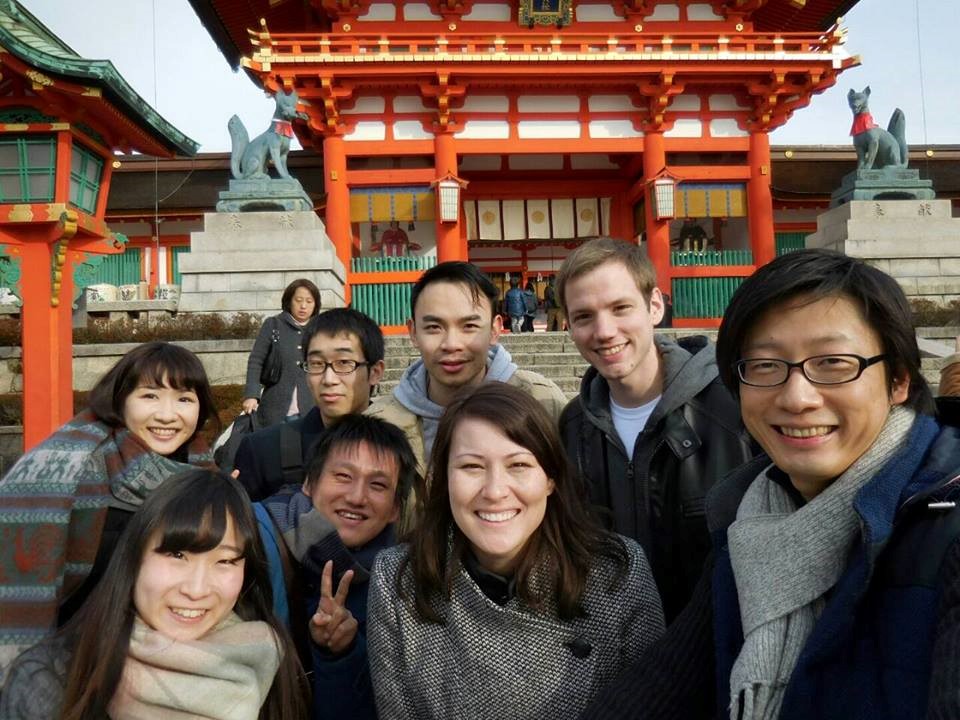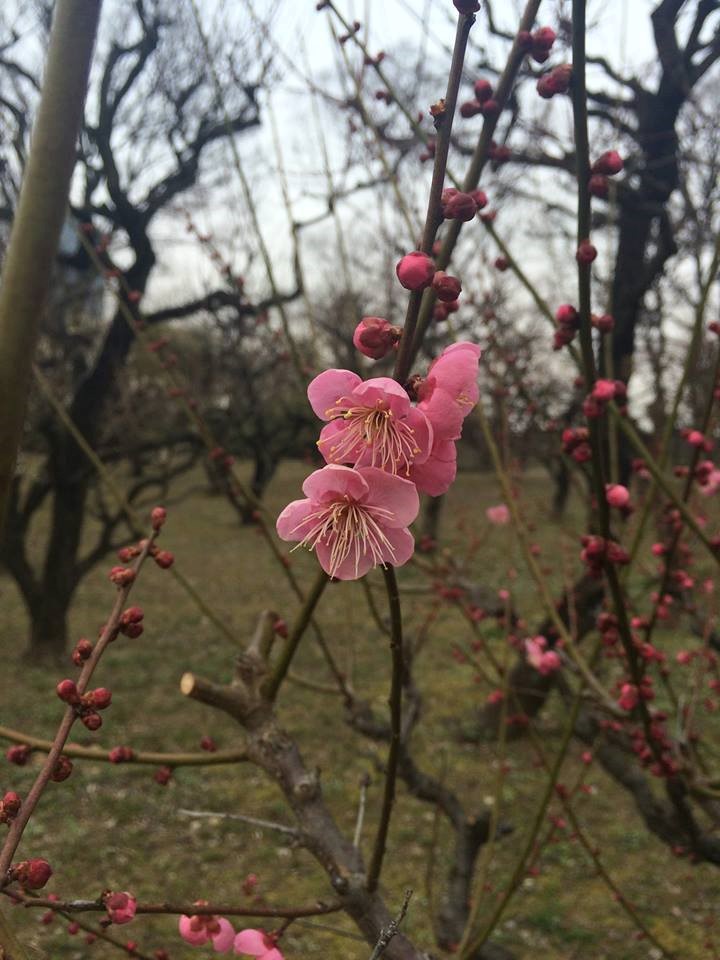My time in Kyoto has been inspirational, challenging, and educational. I have learned about culture, medicine, and life. I now know, firsthand, that the Japanese are a truly kind, respectful and disciplined people. The KPUM students, faculty, and administration have been so welcoming; I truly felt “at home” while here.
I enjoyed my time in both the OBGYN and Pediatrics departments. In OBGYN, I was able to participate in various surgeries, deliveries, exams, clinic appointments, and conferences. I found the difference in cesarean rates and uses of the laparoscopic approach particularly fascinating. The residents took special effort to prepare presentations about their specialty in English, for which I was particularly thankful. In pediatrics, I was able to gain a lot of exposure in the areas of hematology and oncology, neurology, rheumatology, and endocrinology. This provided the opportunity to see a host of illnesses I had not seen as much in the United States. I also enjoyed the responsibility of following and presenting a patient at Thursday conferences.
In addition, during my time in both departments, I was able to learn about the medical training in Japan. I was interested to find that the majority of physicians also hold PhDs and are able to do lab work as well as clinical medicine. I respect this skill set immensely. I am excited to continue pursuing my career in family medicine, a generalist of sorts in pediatrics, obstetrics and gynecology, and internal medicine. My specific interest within family medicine is maternal child health, hence my choice of rotations while in Kyoto. The clinical and research-oriented experience I gained while at KPUM in obstetrics, gynecology, and pediatrics will assuredly prove useful in my future endeavors.


Prior to my time here, I thought medicine was standardized. In many regards it is, but in other ways it is not. It is in the details and environment that I found the most variation. For example speculum technique, patient draping, rounding, and even the definition of death were different than I expected. I found this enlightening and invigorating. For the practice of medicine is what I have always believed to be the practice of people. It is our job to care for the person above all, in conjunction with their medical ailment. Therefore, it makes sense that details vary from culture to culture, shifting with people’s expectations, behaviors, and beliefs. I also noticed that medicine changes with the payment system. The United States is in the process of reforming their long broken health care system. Japan has a more nationalized approach, providing greater access for patients of all income levels. The United States payment system is disjointed and often focused on profits. I can now see both sides of the health care reform issue; a different system used to be a figment of my imagination, theoretical, and now I have seen a concrete example. My views on the matter have shifted in ways of which I am not yet certain; it will take time to walk through my new experiences and the insight they have provided, but I can guarantee I have a revised stance and perspective.
Regarding new perspective, as someone who has studied and lived in multiple different countries, I know that your life and perspective are never the same after you travel. The same has held true for my time in Japan, I will never have the same perspective as I had before I left. My life has changed, and I will always be thankful for that. People can never be finished growing and learning; it is what makes the human life uniquely beautiful. I am a stronger, more well-rounded, and compassionate person than before my month in Kyoto. The kindness of everyone I met, the artistry of traditional Japanese culture, and my clinical experience at KPUM has influenced me greatly.














